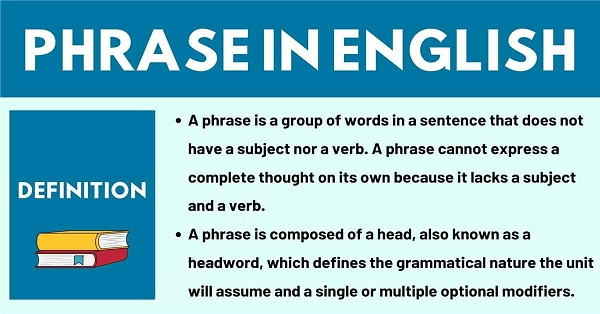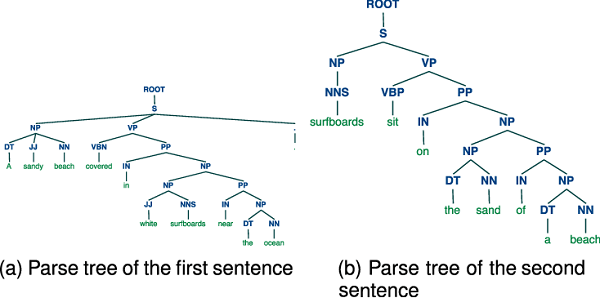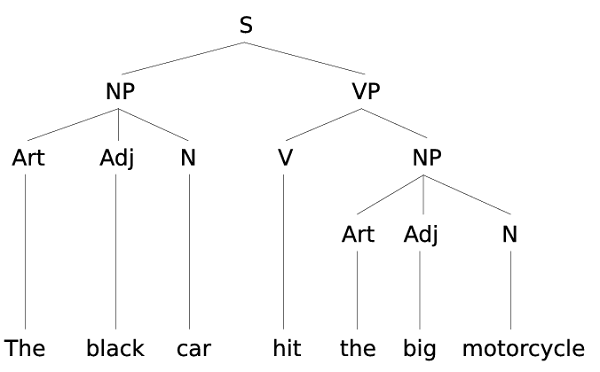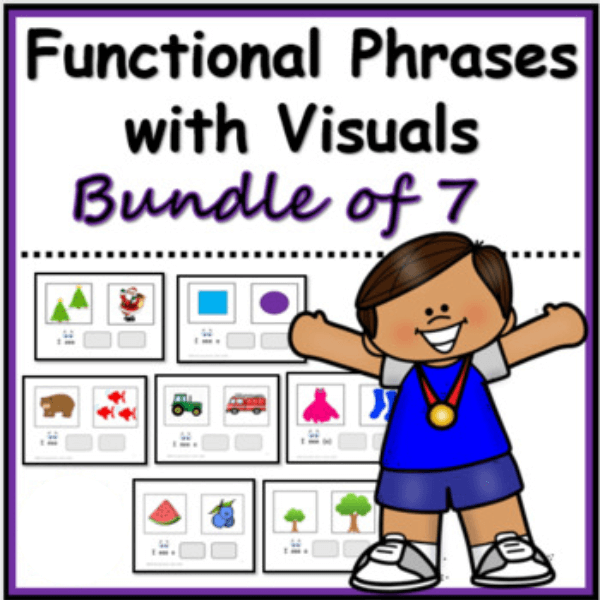Phrase DefinitionA phrase is a group of words that function together as a unit but do not have a subject-verb combination that makes a complete sentence. Phrases are essential to any language and are used in speech and writing to convey specific meanings. Phrases are essential for creating complex and nuanced sentences in a language. They allow speakers and writers to convey specific meanings and add depth and richness to their communication. Understanding different types of phrases and how they function in language can help individuals improve their writing and communication skills. 
In linguistics, a phrase is a gathering of words that capabilities as a solitary unit inside a sentence. Phrases can be comprised of different mixes of words, like things, action words, modifiers, qualifiers, and relational words. They can also include articles, pronouns, conjunctions, and interjections. Phrases are important for constructing sentences because they allow speakers and writers to convey complex meanings more efficiently. Phrases can act as subjects, predicates, objects, or modifiers within a sentence. They can also be used to create parallel structures, express contrasts or comparisons, and connect ideas within a sentence. There are various phrases, each with an interesting construction and capability. For example, a noun phrase consists of a noun and any words that modify or describe it, such as adjectives or determiners. A verb phrase comprises the verb and modifiers or descriptors, such as adverbs or auxiliary verbs. Prepositions, their objects, and any modifiers that occur before the object make up a prepositional phrase. Phrases are essential to language, and understanding how they function within sentences is crucial for effective communication. Speakers and writers may communicate complicated topics clearly and concisely using words. Types of PhrasesThere are several different types of phrases in English, each with its unique structure and purpose. Some of the most common types of phrases contain:
These are just a few instances of the various types of phrases in English. Speakers and writers can add complexity and variety to their language by using different phrases and conveying more precise meanings. Common and Technical UseThe term "phrase" differs between its common and linguistics-specific usage. In a similar vein, a phrase is typically a collection of words that have some special colloquial significance or other significance, such as "protected by copyright law", "prudent with reality", "die", and similar expressions. It might be a metaphor, a maxim or commandment, a well-articulated sentence, etc. They are known as phrasemes in linguistics. A phrase is defined as any cluster of words or even just one word that has a specific function in the syntactic structure of a sentence. It need not be of any special significance or relevance or even exist outside of the phrase under consideration, but it must function there as a complete syntactic unit. For instance, "Yesterday I saw an orange bird with a white neck" structures a thing phrase, or in some theories, a determiner phrase, which can function as the sentence's object. Phrase TreesPhrase trees, also known as syntax trees or constituent trees, are graphical representations of the structure of a sentence or phrase. They are used in linguistic analysis to show the hierarchical relationships between the words in a sentence. 
In a phrase tree, the words in a sentence are broken down into smaller units called constituents. These constituents are arranged in a hierarchical structure, with the larger constituents above and the smaller constituents below. The topmost constituent in a phrase tree is the sentence itself, which is broken down into smaller constituents such as noun phrases and verb phrases. Each of these constituents can be further broken down into smaller constituents, such as determiners, adjectives, and nouns within a noun phrase or auxiliary verbs, adverbs, and main verbs within a verb phrase. Each constituent in a phrase tree is labeled with a part of speech or a phrase category, such as Noun Phrase (NP), Verb Phrase (VP), Prepositional Phrase (PP), and so on. The structure of the tree reflects the hierarchical relationships between the constituents. 
Phrase trees can be used to analyze and compare the structures of different sentences, identify common patterns in language, and understand how sentence meanings are created through the relationships between their constituent parts. Overall, phrase trees provide a visual representation of the structure of sentences and phrases, allowing linguists to analyze the syntax and grammar of the language in a clear and organized way. Functional CategoriesSome current syntax theories offer practical classes where the phrase's top is a valuable lexical item. There are a few unarticulated but relatively covert practical heads in certain languages. For instance, some scientists have created force phrases (ForceP), whose heads are not articulated in many languages, including English, to make sense of certain syntactic instances related to the discourse act a sentence plays out. In essence, many structures assume that covert determiners may be found in words like proper names in uncovered object phrases. 
Another type is the inflectional phrase, where a limited action word phrase is taken to be the supplement of a useful, possibly secret head (indicated INFL) which should encode the requirements for the action word to curve-for concurrence with its subject (which is the specifier of INFL), for tense and perspective, etc. If these factors are treated separately, clearer categories may be imagined, such as tense phrase (TP), where the action word phrase adds a theoretical "tense" component, viewpoint phrase, understanding phrase, etc. Further instances of such proposed classifications incorporate point phrases and center phrases, which are contended to be going by components that encode the requirement for a constituent of the sentence to be set apart as the subject or concentration.
Next TopicPlacenta Definition
|
 For Videos Join Our Youtube Channel: Join Now
For Videos Join Our Youtube Channel: Join Now
Feedback
- Send your Feedback to [email protected]
Help Others, Please Share










